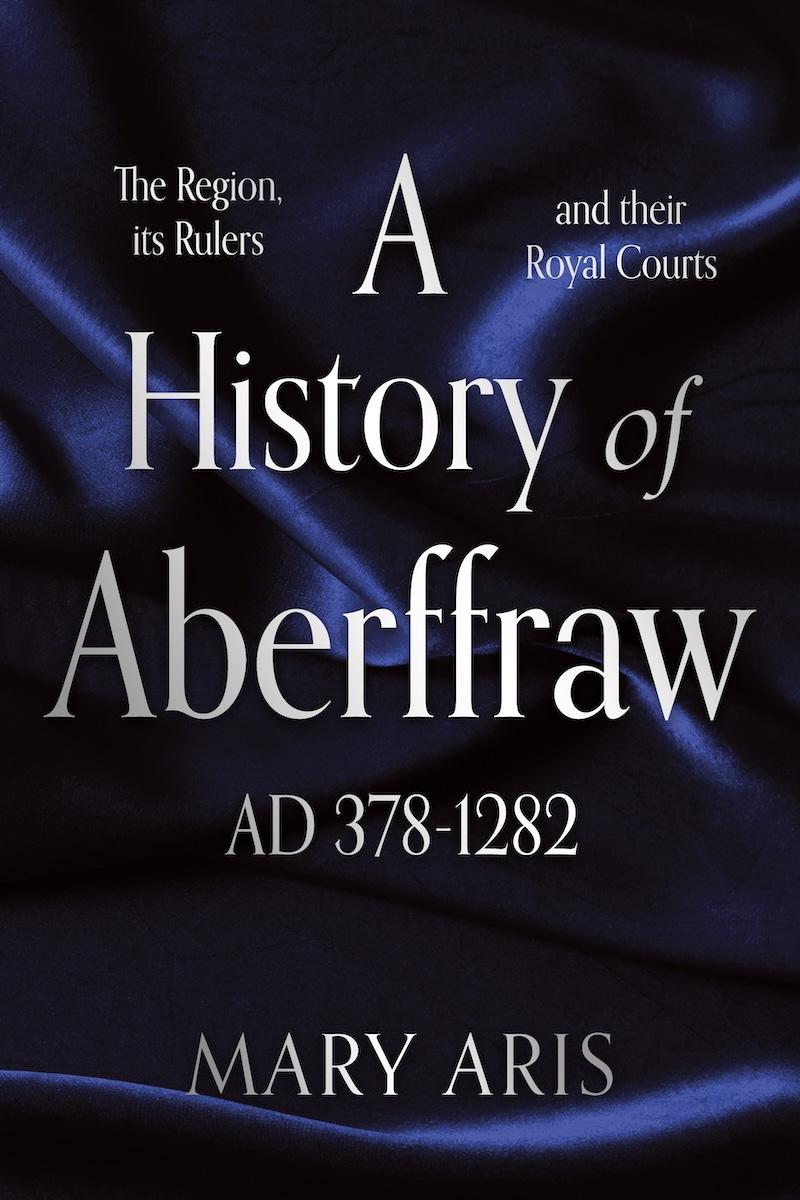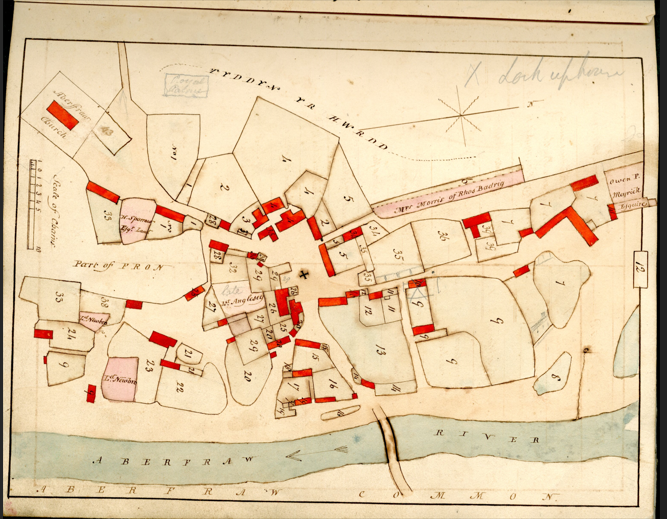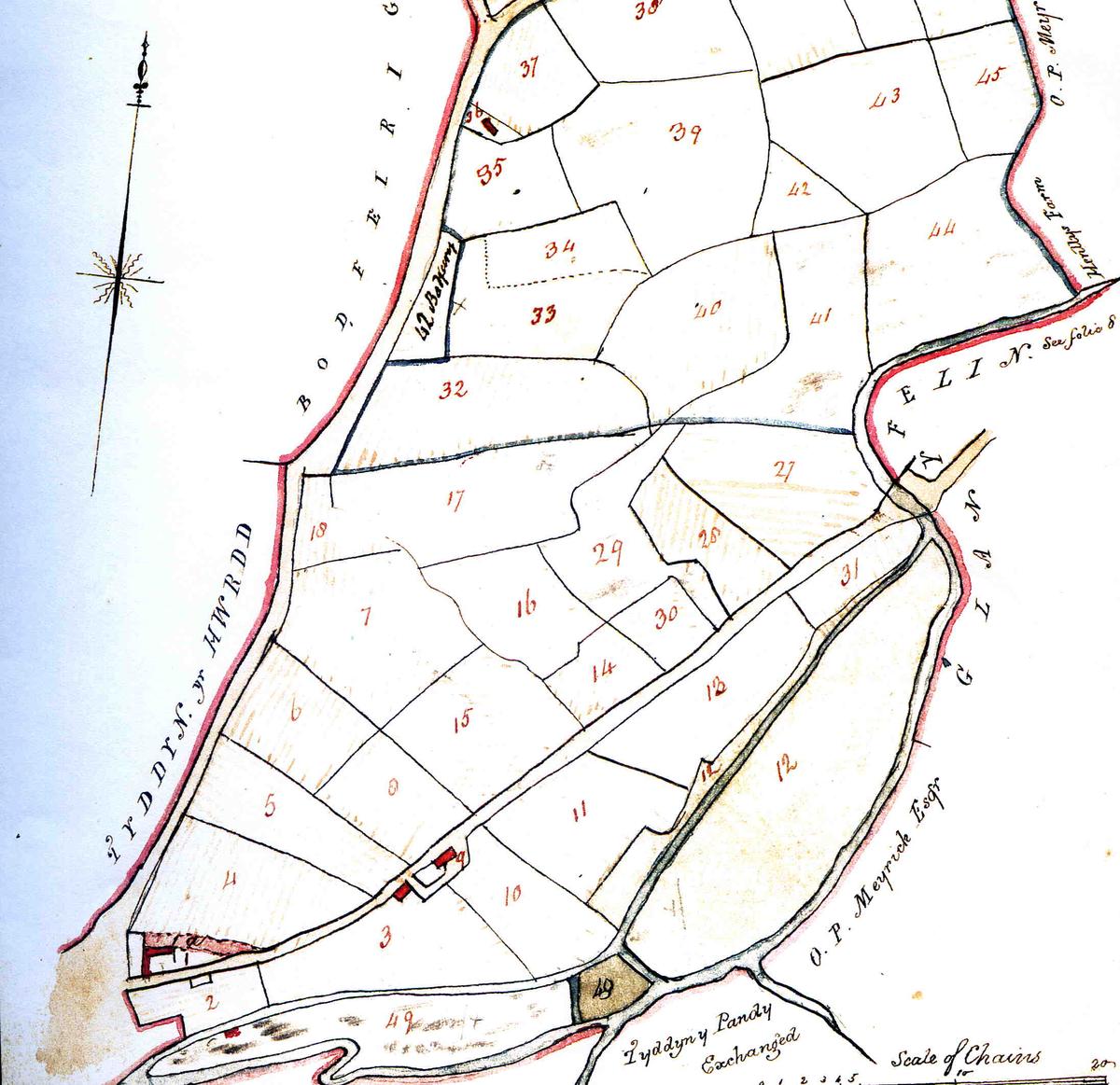The first ever book providing a comprehensive early history of Aberffraw

The line of Kings covers every known ruler
A History of Aberffraw
AD 378 – 1282
28th October 2025
Pre-order now
Synopsis
This is the first ever comprehensive history of the Aberffraw region in the distant post-Roman and early medieval period. Its starting point is the collapse of the Roman Empire in Britain, when north Wales was over-run by Pictish and Irish invaders, and a band of brothers from northern Britain came down to drive them out. One of these brothers, the seventh, became the very first King of north Wales. For two generations longer, the island of Anglesey remained firmly under Irish control, until a young cavalryman Caswallon the Long-handed succeeded, where others far more experienced had failed before, and after three critical battles finally completed the mission. He became Aberffraw’s first King.
The struggles of its rulers to defend the kingdom against repeated attacks and invasions from both east and west forms the main narrative, as the Author describes the efforts of three successive Dynasties of Aberffraw’s Kings and Princes to defend their Kingdom from repeated challenges and attacks. Her story is told in a way that can engage the interest of a broad range of readers.
This history of Aberffraw offered here concentrates on three topics – the region, its rulers and their royal courts, covering the many centuries from AD 378 to 1282 when the kingdom was controlled by its own independent leaders. Many of these rulers were Giant figures, in every sense of the word. For the very first time, every one of the kingdom’s known rulers receives attention. The author traces the lateral shifts of the royal court around the Aberffraw region, with periods when the area was abandoned completely.
No one has ever attempted a history of Aberffraw before because of the extreme shortage of evidence. Despite all the challenges, the author (an Archivist who has handled original sources for the whole of her career) has uncovered a body of fresh material that has never received attention before. Virtually every chapter brings new revelations.

The focus is on evidence and how we know, as every source is subject to rigorous scrutiny and, at times, an almost forensic reconstruction. The book offers many challenging new interpretations. The Author has not been afraid to question long held tenets of accepted wisdom and has approached the topic without any preconceptions or back-projections, following the evidence where ever it led. This has frequently led on to new and unexpected insights. The intriguing defensive enclosure underlying Aberffraw village has been variously interpreted as a Roman Fort or a Palace, but the Author offers a different, completely novel re-interpretation. For the very first time too, the Author decribes how the Aberffraw village evolved over time, once the Court finally relocated to the banks of the River Ffraw, and chronicles its development into a remarkable and sophisticated urban capital, unique in Wales.

Many other topics are explored. Some of these have never been on the radar before ranging from Anglesey’s lost Seventh Commote (which once formed the third Commote in Aberffraw’s wider Cantref) to the Viking role in Anglesey and their formative impact on the development of Aberffraw village itself, or the remarkable social and economic transformation carried through by the Princes of Gwynedd after the Norman conquest of England and most of Wales. This ensured that the Principality of Gwynedd was able to hold out against Norman agression for nearly two centuries longer, until the final fatal takeover of the Principality by King Edward I brought the era to a close.
Contents
Section 1: The First Dynasty
- Chapter 1: The Disintegration of Roman Britain
- Chapter 2: The Expulsion of the Irish from southern Anglesey
- Chapter 3: The Irish presence in southwest Anglesey
- Chapter 4: The first Royal Court at Llangadwaladr
- Chapter 5: The Middle Land
- Chapter 6: New approaches to the Evidence
- Chapter 7: Einion
- Chapter 8: Caswallon
- Chapter 9: Maelgwn Gwynedd
- Chapter 10: Rhun and his successors
- Chapter 11: Cadfan ap Iago
- Chapter 12: Cadwallon
- Chapter 13: Cadwaladr
- Chapter 14: Venedocia in the aftermath of Roman withdrawal
- Chapter 15: End of an Era
- Chapter 16: Lateral Shifts of the Royal Court
- Chapter 17: The Last Rulers of the First Dynasty
Section 2: The House of Aberffraw
- Chapter 18: Merfyn Ffrych, Founder of the Second Dynasty
- Chapter 19: Rhodri, Founder of the House of Aberffraw
- Chapter 20: The Royal Court at Henllys
- Chapter 21: Anarawd
- Chapter 22: Later Rulers of the Second Dynasty
- Chapter 23: The Viking Role in Anglesey 850−999
- Chapter 24: Anglesey and the Vikings 1000−1099
- Chapter 25: The Viking Role at Aberffraw 877−999
- Chapter 26: The Viking Role at Aberffraw in the eleventh century
Section 3: The Age of the Princes
- Chapter 27: Gruffydd ap Cynan
- Chapter 28: Owain Gwynedd
- Chapter 29: Llywelyn Fawr
- Chapter 30: Aberffraw’s Palace and Royal Garden
- Chapter 31: The Last Prince
- Chapter 32: Aberffraw after 1282
Section 4: The Cantref of Aberffraw
- Chapter 33: A Medieval Community
- Chapter 34: Aberffraw’s Hamlets
- Chapter 35: The Royal Demesne
- Chapter 36: The Open Fields
- Chapter 37: Llifon Commote
- Chapter 38: Malltraeth commote
- Chapter 39: The Seventh Commote
- Chapter 40: A Social and Economic Transformation
- Chapter 41: The Evolution of medieval Aberffraw
- Chapter 42: Postscript
- Chapter 43: Conclusion
- Chapter 44: Select Bibliography
- Chapter 45: Index